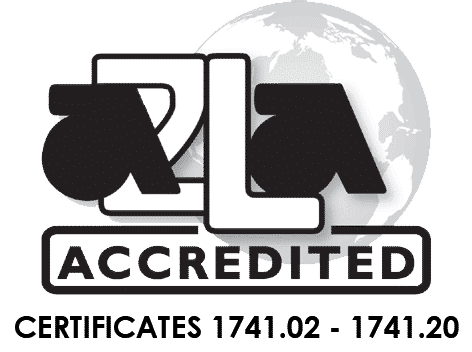Measurement and FSMA: What You Need to Know
Part 1: Controls that inhibit food-borne pathogens
As the Food Safety Modernization Act (FSMA) forces food and beverage companies to move from reactive to proactive in their approaches to food safety, much of the specifics of what auditors will be looking for remain to be seen. What we do know is that organizations need to ensure food is not adulterated, misbranded or incorrectly labeled. This involves not only providing preventative measures at your critical control points, but also ensuring that they are working effectively. Records of this monitoring must be kept for a minimum of two years.
It follows that controls which inhibit the growth of food-borne pathogens, like temperature and pressure, not only must be present and recording their operational data, but they also must be calibrated regularly. Calibration ensures that the instruments are reading correctly and provides documentation of this for any audit.
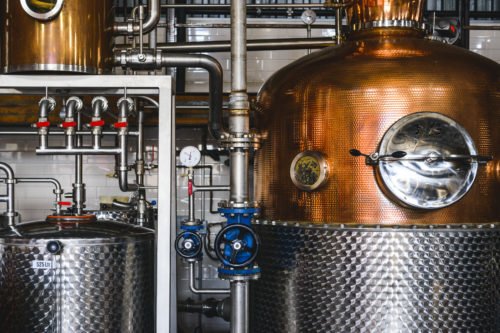
The Precision Measurement Group at Cross can provide temperature probes, pressure gages, chart recorders and other equipment to ensure your kill step is working effectively. We can also offer pressure calibration and temperature calibration for virtually every in-process control with minimal disruption to your operation.
For further evidence of the effectiveness of your controls, consider using Cross to map your oven, freezer or autoclave. This detailed, independent report will document your equipment’s temperature zones in all three dimensions, both with and without product, to prove that your equipment is operating to your specified set point everywhere.
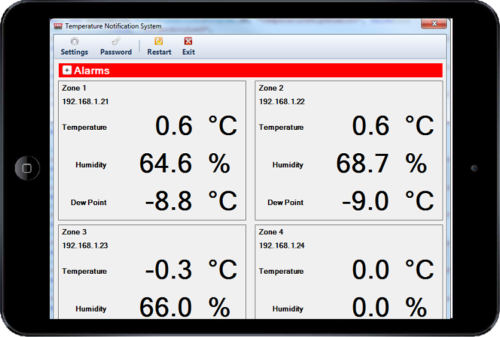
Part 2: Requirements for foreign body detection
In terms of adulteration, at control points, equipment must be “effectively and significantly minimizing or preventing the occurrence of identified hazards.”1 However, it is not enough to simply install a metal detector or x-ray machine to detect foreign bodies. You must also provide evidence that the device itself functions in the way it was intended.
This evidence can come from regular monitoring, once a shift or after a product changeover, as well as from external validation. Both approaches require records to be kept for a minimum of two years. Reject functions should also be tested and documented to be working properly. Any alarms – visual, auditory or electronic – should be functioning as intended.
Cross can provide metal detection validation services throughout the Midwest, Southeast and beyond. Our technicians use NIST-traceable standards which are matched with your particular process. The calibration certificates are stored in GageSuite®, our cloud-based calibration management program, for easy retrieval at audit time.
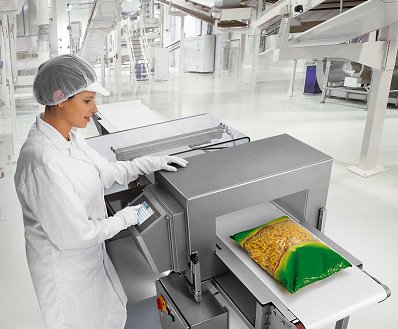
Cross works with several vendors to provide new industrial metal detectors. We can offer a full range of detector types – conveyors, gravity applications, pipelines and foil packed products – and we have an option for every application and every price point.
Requirements for scales and weight
Scales and weight have been an integral part of the food and beverage industry for hundreds of years. Now, with the Food Safety Modernization Act (FSMA) requiring companies to ensure food is not adulterated, misbranded or incorrectly labeled, scales – unsurprisingly – are involved. However, it takes a thorough reading of the Federal Food, Drug and Cosmetic Act, subchapter IV to discover what’s required.
Scales and weight are affected in three different areas: labeling, hygiene and documentation procedures.
1. Labeling:
Section 343 discusses how packages must have “an accurate statement of the quantity of the contents in terms of weight, measure or numerical count” although “reasonable variations shall be permitted.”2 Better to be safe than sorry and have an exact weight recorded on the label.
The most effective way to catch every single package weight is with a checkweigher. Checkweighers can be automatic or manual, heavy capacity to very light, high speed or slow and with or without a labeller, depending on the requirement.
Along with capturing the weight for labeling, data can be transmitted for real-time monitoring of production efficiency. Cross can specify checkweighers from a variety of manufacturers, perfectly matching the equipment to the application.
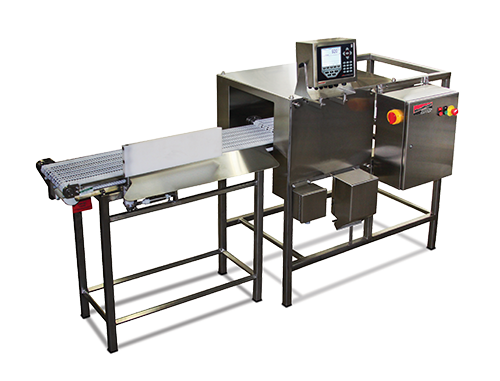
And don’t forget to have your checkweigher regularly calibrated so you can provide proof of its accuracy.
2. Hygiene:
Section 342 talks about adulteration, where food has “been prepared, packed, or held under insanitary conditions whereby it may have become contaminated with filth, or whereby it may have been rendered injurious to health.”3 Make the most of your sanitation plan by only using scales that are corrosion resistant and able to withstand heavy washdown.
In general, scales shouldn’t have a surface roughness of more than 0.8 micrometers, which allows easy cleaning and decontamination. Watch out for holes, cavities or dead spaces where liquids and other contaminants can collect. Floor scales should have plates that can be easily lifted and, if they are pit mounted, a regular inspection of the draining mechanism is a good idea.
Another idea: Load cells mounted under your tanks never actually contact the product, unlike flow meters, giving you a hygienic and precise way to measure bulk or liquid ingredients.
Cross has a range of heavy washdown scales designed for the food industry and can advise you on the best fit for your operation.
3. Documentation:
Section 350c addresses maintenance and inspection of records and applies to “all records relating to the manufacture, processing, packing, distribution, receipt, holding, or importation of such article …. and at any location.”4
You must be able to provide documentation which proves that your preventative measures are working effectively.
Regular calibration of your scales and checkweighers gives you the necessary documentation. And all calibrations record with Cross are stored in GageSuite, our free, on-line calibration management system, for quick access when the auditor is there.
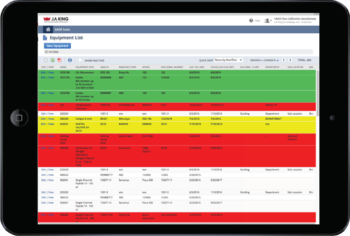
References
1 Title 21, Federal Food, Drug and Cosmetic Act Chapter 9, Subchapter IV: Food, Part 350, paragraph f.
2 U.S. Code Title 21, Chapter 9, Subchapter IV, section 343, part e
3 U.S. Code Title 21, Chapter 9, Subchapter IV, section 342, part a
3 U.S. Code Title 21, Chapter 9, Subchapter IV, section 350c, part b

